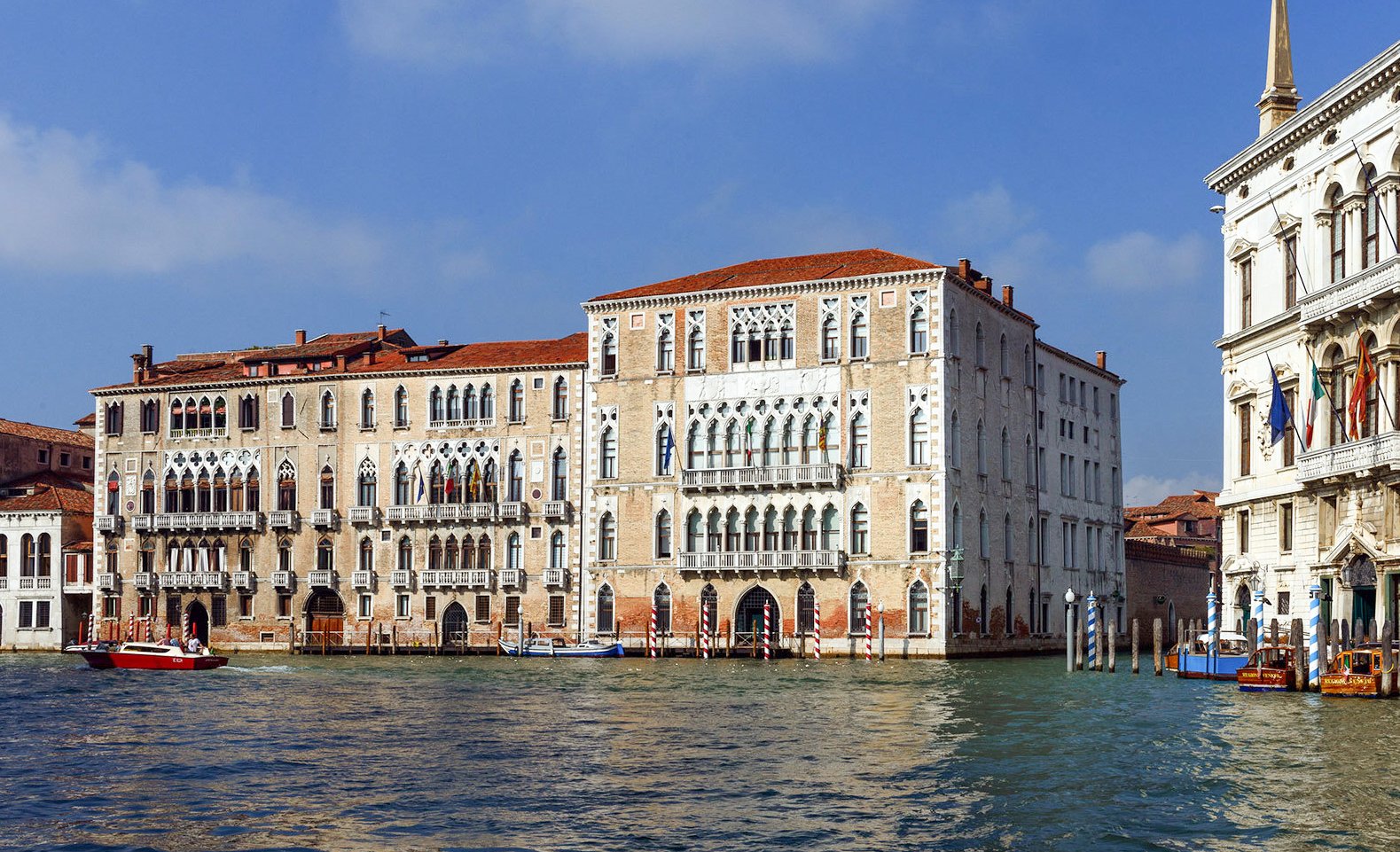
The Foscari Giustinian complex is the headquarters of Ca' Foscari University of Venice. In addition to the palace with its classrooms, offices and cafeteria, the structure features two striking courtyards connected by a "sotoportego." With an area of 900 m2, the Cortile Grande is the largest private courtyard in Venice, after that of the Doge's Palace. The splendid portal, recently restored, preserves the Foscari coat of arms. Ca' Foscari's courtyards mainly host cultural and musical events, initiatives related to research and innovation, gathering moments for the University and the city, international exhibitions and initiatives, gala dinners, and exclusive events.
Not every student in the world is lucky enough to be able to study overlooking one of Venice's canals. Those at Ca' Foscari University do. Let's look back at the history of one of Italy's university excellencies.
The history of the university
Founded in 1869 as the Higher School of Commerce, Ca' Foscari University was the first Italian institution dedicated to higher education in business, economics and linguistics. The school's founders were Luigi Luzzatti, Edoardo Deodati and Francesco Ferrara. On the other hand, Venice is known to have been one of the trading powers during the years of the Republic, numerous dynasties of merchants distinguished themselves for their ability to trade with foreign countries up. An important cultural legacy culminated with the founding of the University. The school, in fact, aimed to train the merchants of the future through theoretical and practical classes. In the early years, there were three main courses of study: consular, economic and magisterial.
During World War I, the school was temporarily transferred to Pisa. In 1935, with the establishment of the economics and business course of study, the institute officially became a state university, and in the following years it expanded its educational offerings. During World War II, many Italian cities fell victim to bombing, fortunately Venice was not one of them. The city remained a safe place and Ca' Foscari did not interrupt its activities. In the years following the Second War, foreign language teaching was expanded. Currently, the university arranges for the teaching of forty-one languages.
o historic Ca' Foscari Palace (also known as Palazzo Foscari) is a Gothic building, among the most charming in Venice. It is located in the Dorsoduro district and overlooks the Grand Canal. It is the main seat of the university and enjoys a 600-year history. In 1429, the palace was called the House of the Two Towers and was purchased by the Republic of Venice. It was auctioned off in 1452 and purchased by Doge Francesco Foscari, who added the building to his personal estate. After Foscari's death, the palace became the residence of the Republic's guests. Foreign rulers and diplomats from all over the world resided in the palace, which remained the property of the Foscari family. Today it is the home of the university of the same name, which has made some of the most beautiful rooms accessible to the public. Among the architectural beauties of the palace, the entrance portal deserves special mention. Made of Istrian stone, it has a rectangular shape in the lower part and an arched shape in the upper part in which the coat of arms of the Foscari family is placed. In 2013, the Ca' Foscari Palace became the oldest building to receive LEED certification, a prestigious award given to environmentally sustainable buildings.
Other locations of the University are: San Giobbe, where a large campus dedicated to the faculty of economics has been established. Ca' Bembo, a historic building in the Dorsoduro sestiere dating back to the 16th century. Ca' Bernardo, a Venetian civic building not far from the headquarters. Ca' Cappello and Palazzo Vendramin, one of the city's most famous buildings.

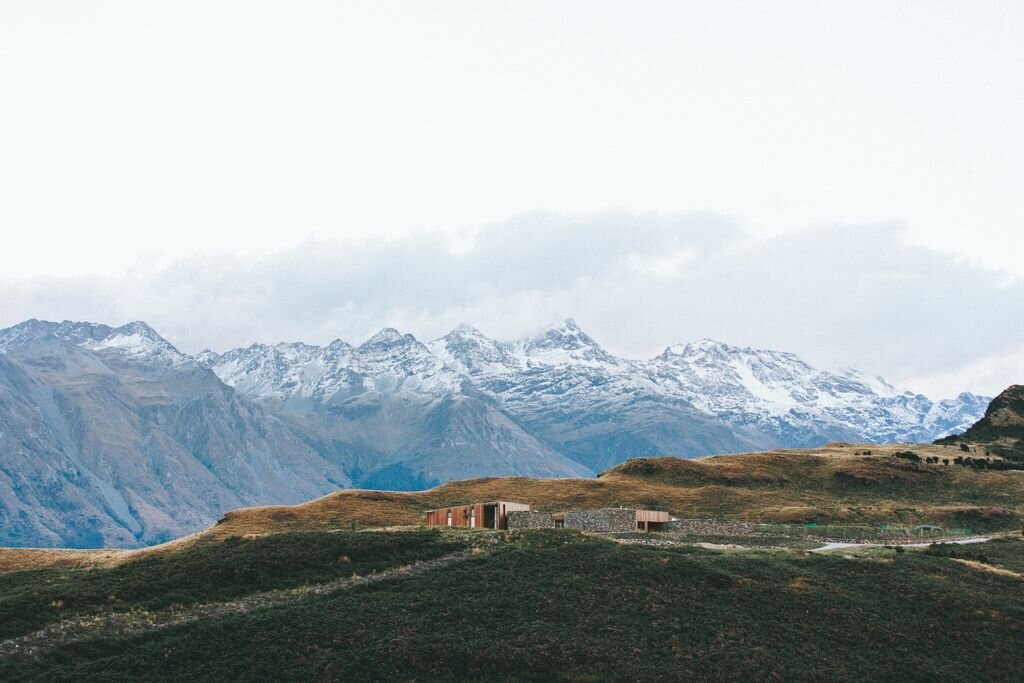
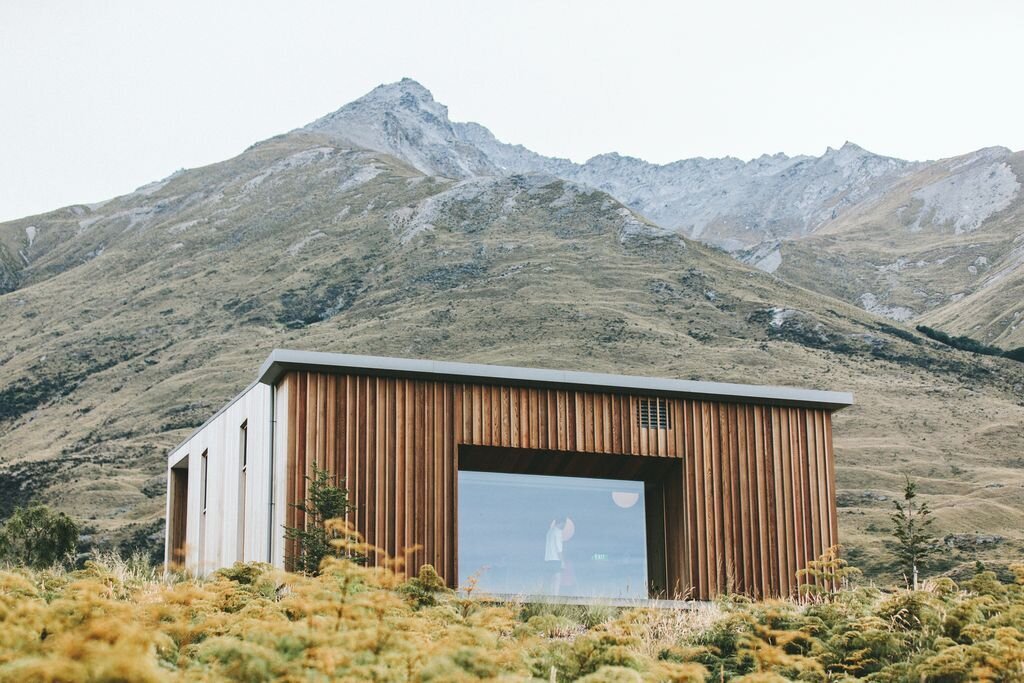

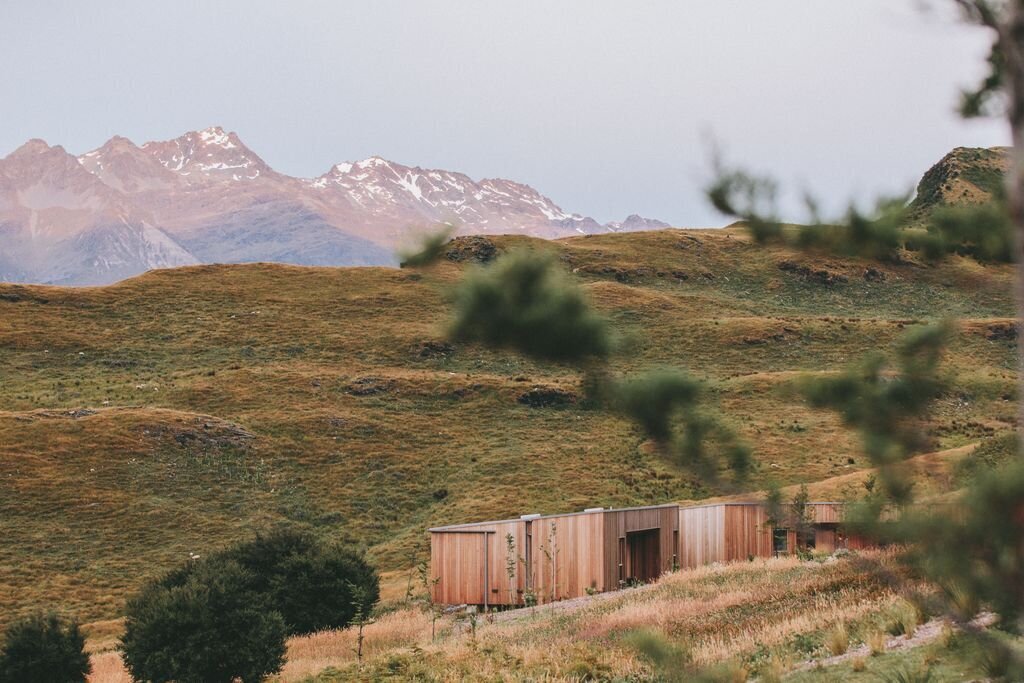
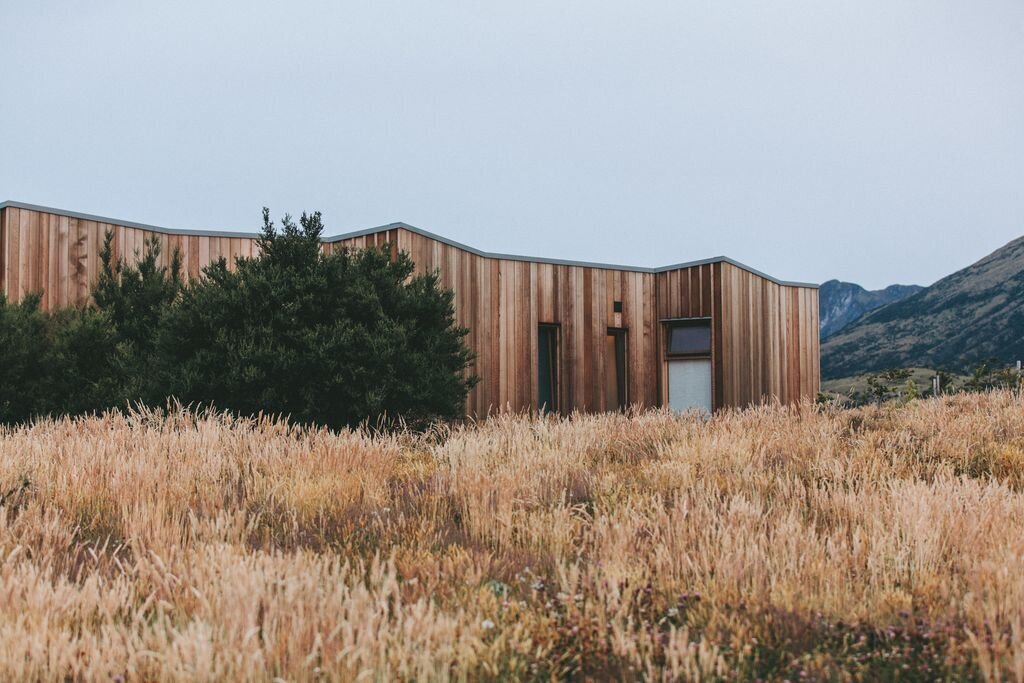
Make it stand out.
It all begins with an idea. Maybe you want to launch a business. Maybe you want to turn a hobby into something more. Or maybe you have a creative project to share with the world. Whatever it is, the way you tell your story online can make all the difference.
Grow your audience.
It all begins with an idea. Maybe you want to launch a business. Maybe you want to turn a hobby into something more. Or maybe you have a creative project to share with the world. Whatever it is, the way you tell your story online can make all the difference.
The Venetian palaces
-
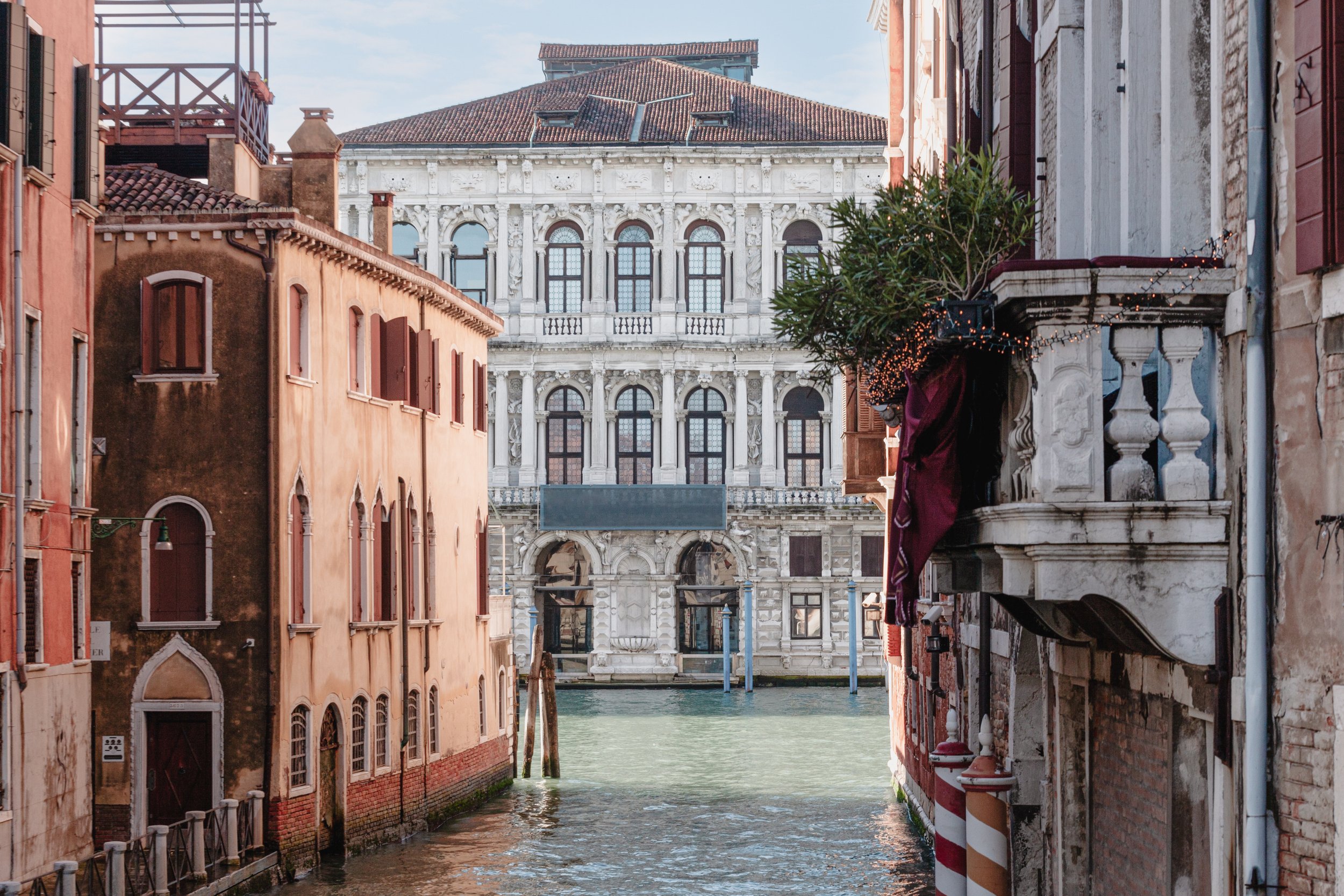
Ca' Pesaro
The Ca' Pesaro is a Baroque marble palace turned art museum, facing the Grand Canal of Venice, Italy.
-

Ca' D'Oro
One of the older palaces in the city, its name means "golden house" due to the gilt and polychrome external decorations which once adorned its walls.
-
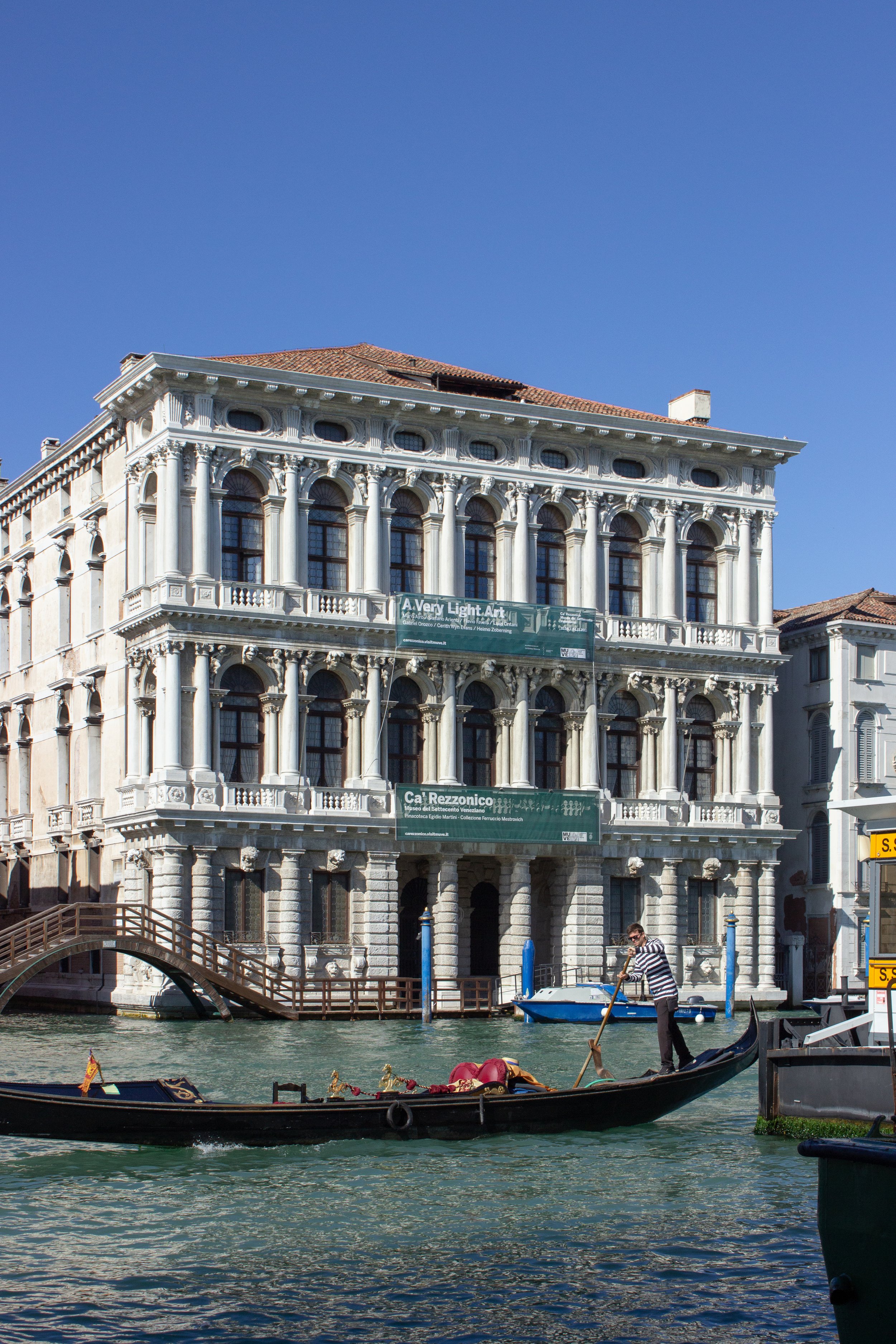
Ca' Rezzonico
It is a particularly notable example of the 18th century Venetian baroque and rococo architecture and interior decoration.
-
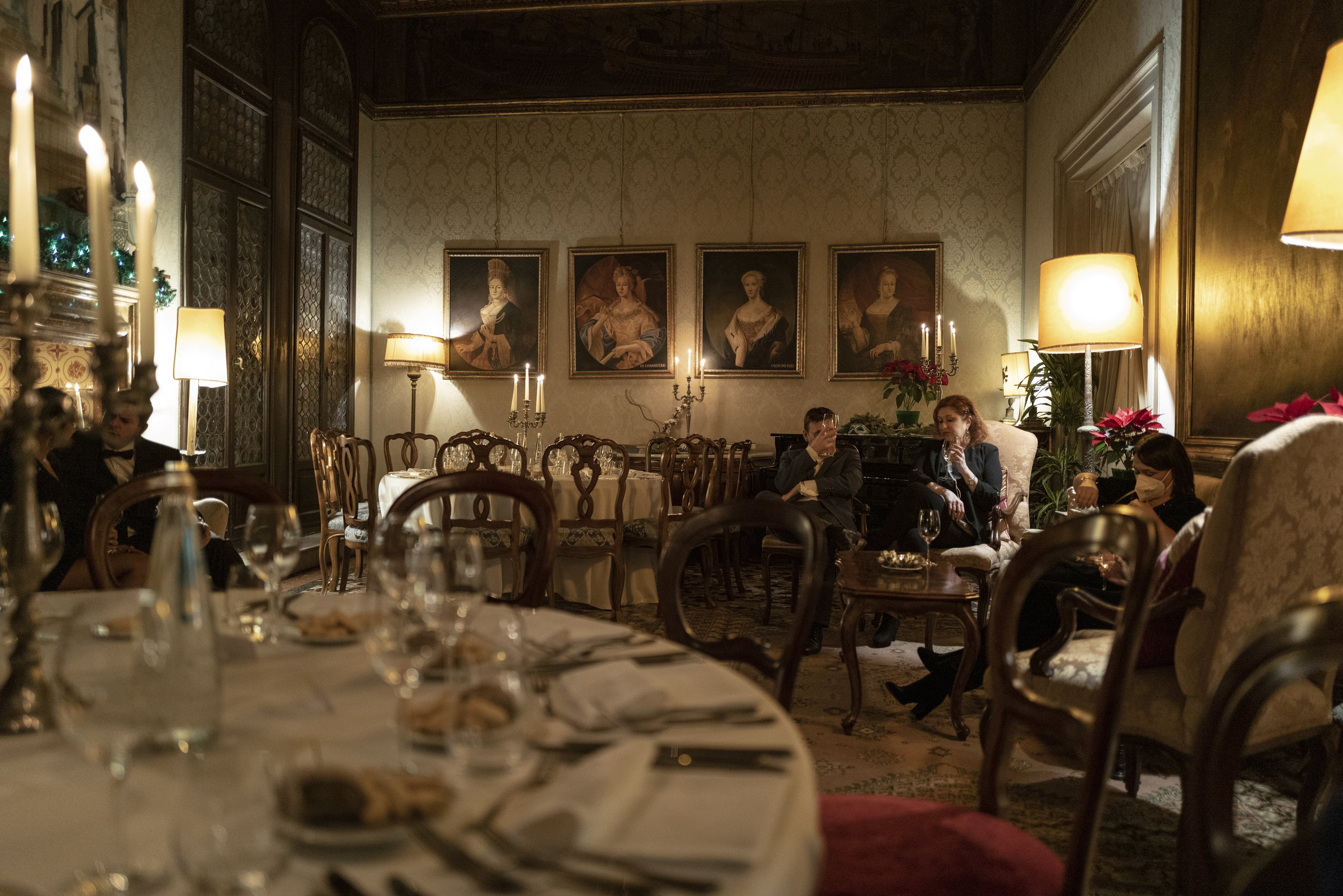
Palazzetto Pisani
The Palazzetto Pisani is a magnificent building overlooking the Grand Canal.
-

Doge's Palace - Palazzo Ducale
A masterpiece of Gothic art, the Doge's Palace is among the Serenissima's top attractions.
-

Ca' Vendramin Calergi
In this prestigious location, among famous paintings, damask rooms, and imposing Murano chandeliers, is now the Venice Casino.
-

Palazzo Grassi
The museum hosts a number of temporary exhibitions throughout the year, featuring works by artists from around the world.
-

Ca' Foscari
The Foscari Giustinian complex is the headquarters of Ca' Foscari University of Venice.
-

Palazzo Mocenigo
It houses the “Study center for history of textiles, costume and perfume”.
-
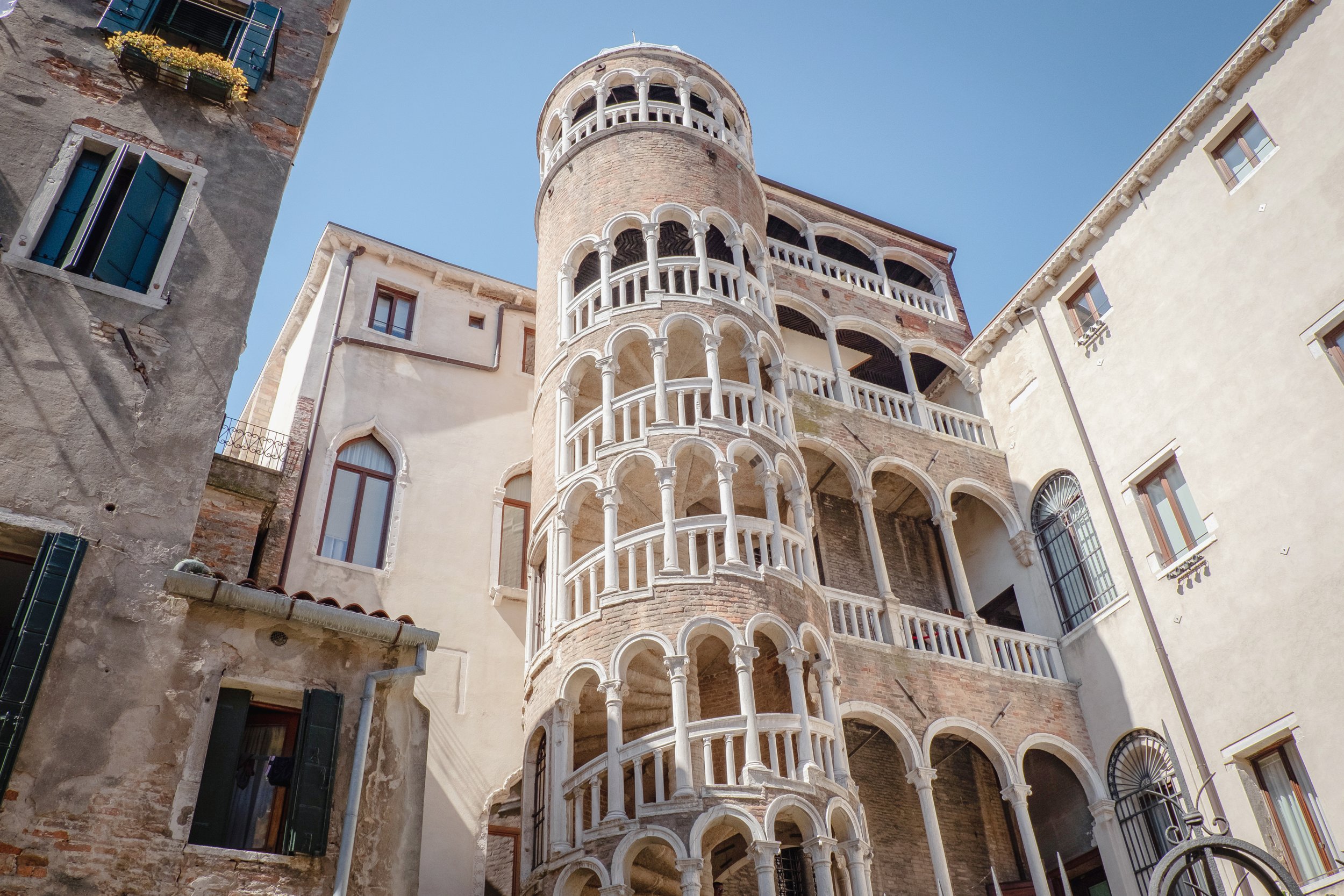
Palazzo Contarini del Bovolo
The most impressive and valuable spiral staircase in Venice.
-

Fontego dei Turchi
Natural History Museum of Venice.
-

Palazzo Fortuny
The Museo Fortuny or Fortuny Museum is an art museum in San Marco, in central Venice, Italy.
-
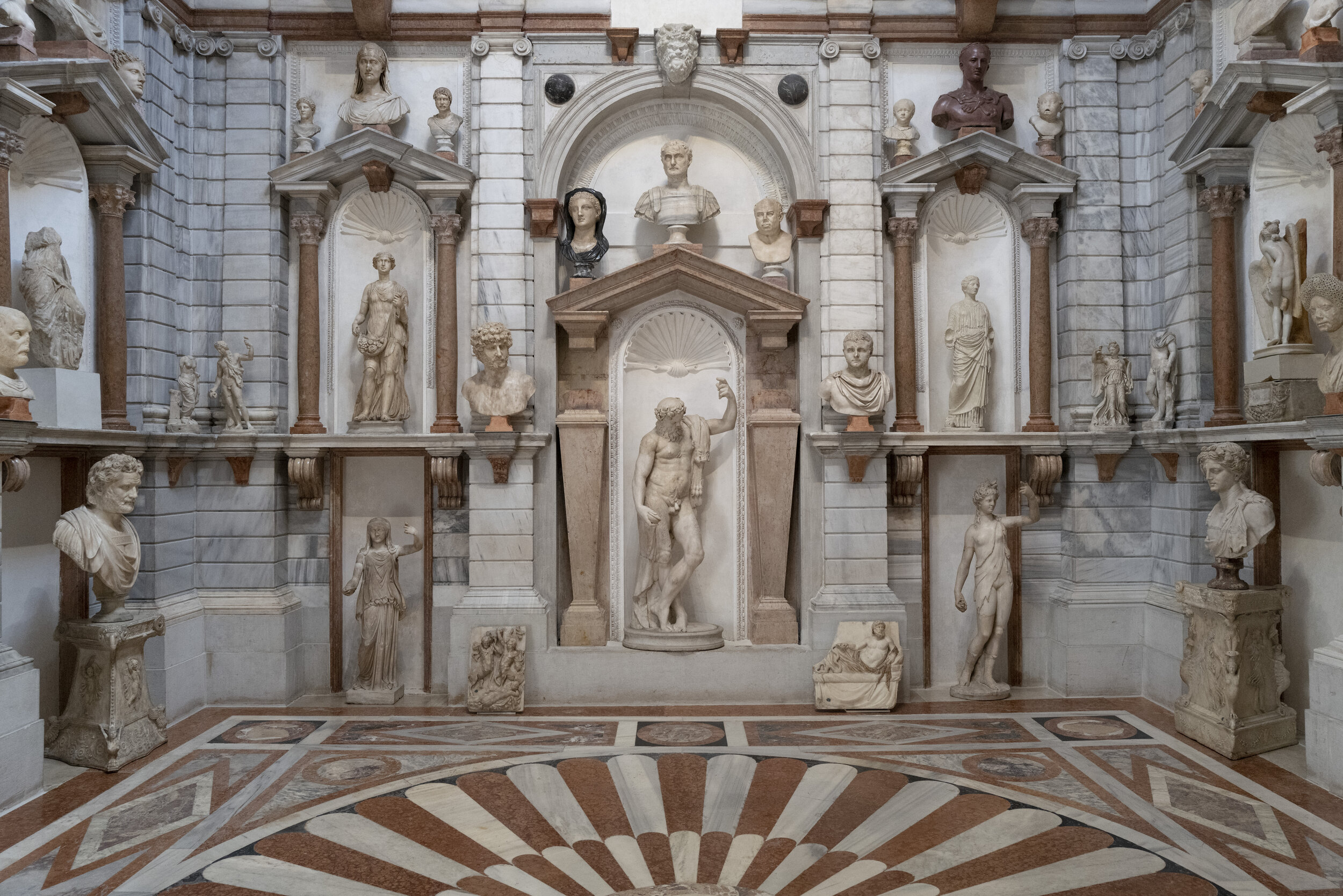
Palazzo Grimani
A unique venue for the history and architecture in Venice. Of extraordinarily high quality are the well furnished rooms.
About Venice
Palaces
Doge’s Palace - Palazzo Ducale
Islands and districts
Festival del Cinema di Venezia
Rialto Bridge - Ponte di Rialto